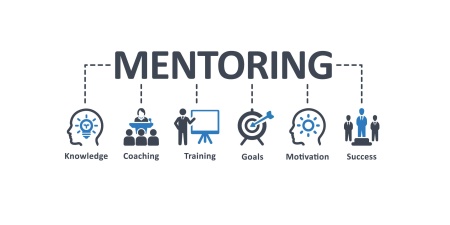by Sean Coyle, CEO of Sandler Training
Our businesses, people, families and lives have experienced unprecedented difficulties in 2020. That is not under debate. How leaders address these difficulties now, and in the future, will forever measure their lasting impact on their organizations. Twenty percent of leaders have tackled their situation head on, attacking the market, focused solely on getting better than they were in March. Twenty percent of leaders have buried their heads in the sand, waiting for things to get back to normal, waiting out the storm. Sixty percent of leaders want to attack, but haven’t yet figured out where to begin and what to do. Which leader are you?
Effective leaders are actionable. Effective leaders are committed. Effective leaders see the big picture.
LEADERSHIP IS MORE THAN SPONSORSHIP
Having authority does not define a leader. Leaders must prioritize the top initiatives within their organizations and actively participate in execution. Reflect on a key initiative you sponsored in the past that didn’t gain the momentum you had hoped it would gain. Were you sponsoring or participating? People measure themselves based on intent and all others on action. Your intent is important, your action is critical. A parent can’t effectively teach their children not to speed by articulating the importance of following posted speed limits while driving through a school zone at 45 miles per hour. Know your people. Take the time to assess their strengths and help them take advantage of those strengths. Take the time to assess their weaknesses and help them overcome those weaknesses. Take the time to understand their motivational filters and leverage that information to help people maintain commitment to success. Clearly articulate a vision for your organization, embrace those who will follow that vision and extract those who will not.
DELETE DAMAGING RECORDS
What people feel and believe is undeniable to them. Beliefs have been shaped over years, based on parenting, peers, colleagues, bosses, education, faith and experiences. Beliefs are one’s reality, but not always the reality. Think back to childhood. What did many five year olds believe to be absolute fact and reality? Fat guy. Red suit. Down the chimney with a sack of gifts. Flying reindeer. Santa? What “Santa” exists in our people’s psyche today? What beliefs do people have that are negatively impacting their actions? Do people believe that it was immoral to be actively selling over the last eight months? Do people believe the price of their product and service is too high? Do people believe that cold calling doesn’t work? Are these beliefs based on an experience? Yes. Are these beliefs reality? No. Identify the damaging record. Re-write it. Define the actions of an individual with that re-defined belief. Set a goal for that new action. Track, measure and celebrate new results. Don’t allow people’s beliefs to dictate their actions, rather let their actions dictate their beliefs.
WHAT GETS MEASURED GETS DONE
How metric-centered is your organization? Has the team agreed upon accountability? Are you measuring the correct and effective key performance indicators? Define the appropriate behaviors to track and measure. Identify the proper leading indicators, like meaningful prospecting conversations and first appointments booked. Focus on the necessary lagging indicators, such as new clients acquired, or new contracts signed. Obviously, keep your eyes on the results like revenue and profit. A cookbook should be developed in four key areas of a business that a leader should K.A.R.E. about. What clients do you want to KEEP and what are the activities required to achieve your defined goals? Who are the prospects you want to ACQUIRE and what is the business development plan to accomplishing that result? What past relationships do you wish to RECAPTURE and how will your people do it? What clients do you want to EXPAND and how will you strategically do so? Create a cadence for accountability. If what you are currently measuring does not affect your people’s actions, you’re probably wasting your time measuring those things.
DRIVE REPEATABLE METHODOLOGY
A business development process should be empowered by a repeatable methodology. Repeatability in prospecting, selling and delivering enables confidence, conviction and consistency. The most effective sales organizations have created and speak a common sales language. Creating a common language requires ongoing practice and reinforcement. Pre-call planning and post-call debriefing is a great initial step to identify gaps in selling language. Every sales meeting of significance should have a defined objective with pre-determined outcomes. Script out how to articulate the agenda and gain agreement for the outcomes in advance. Write out all the questions that need to be asked and may be asked during a call. Prepare a meaningful mindset to successfully accomplish your meeting objective. Don’t carry baggage into a call. Debriefing a call is an immediate way to identify consistency. Debrief everything, that’s the fastest way to learn lessons and shorten the learning curve. If a sales person doesn’t bring “it” with them prior to a call they won’t find “it” during the call.
The bottom line is that leaders need to be intentionally engaged in arming their people to battle through adversity. Raise expectations, stop accepting mediocrity, don’t be held hostage and surround yourself with a group of peers that will challenge you. Good LEADING!
To gain complimentary access to Sandler’s E-Learning Library for one year go to: https://shop.sandler.com/register/4q










